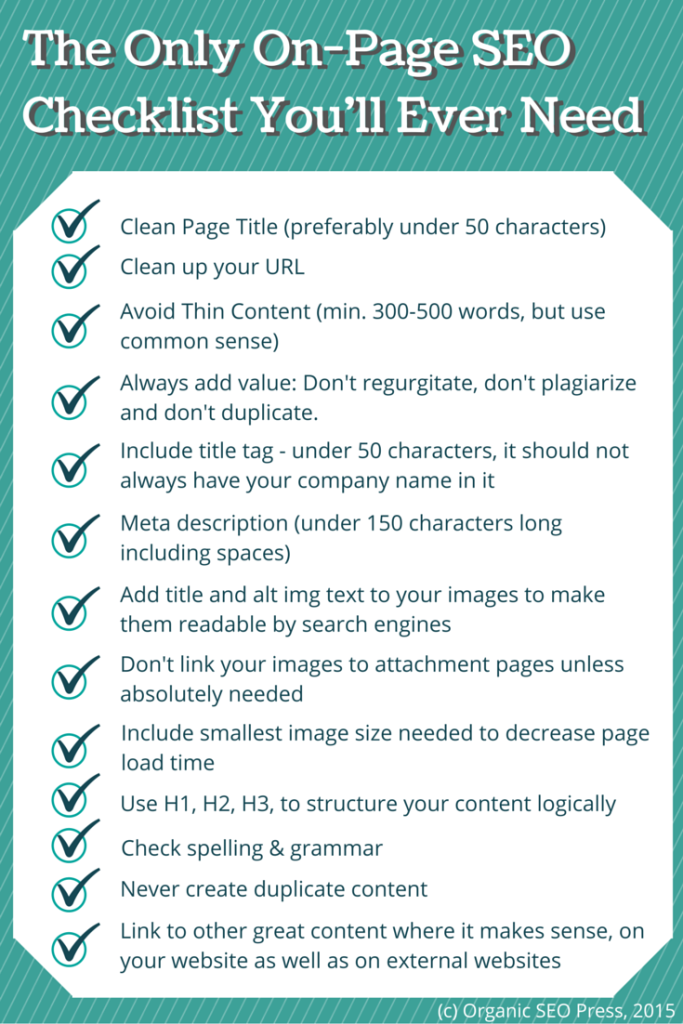10 Common Mistakes That Kill Your Blog & How To Fix Them
Everybody blogs. Even my mom.
She does it well and promotes her charity organization with it.
But especially as a business owner or a marketing executive you know you must have a website with a blog. And you need to blog regularly.
Research has shown that companies who blog twice a week have acquired customers from it.
Last month, even Walmart embraced this effective inbound marketing method to increase traffic to its website and sales.
But blogging does not come easily to many people, and even if you are not a professional blogger, there are 10 common pitfalls you need to know to improve your blog's performance enormously.
Otherwise, you might hear crickets, and no one reads your words!
Mistake #1: Not having an editorial calendar
Editorial what? If you are a small business or a hobby blogger, an editorial calendar might seem like an overkill. But believe me, its worth it.
An editorial calendar enables you to "download" all your ideas, structure them and break them up into precise little nuggets you can blog about. It keeps you motivated and prevents you from covering too many ideas at once.
It can be a simple Excel sheet, a Google Drive Spreadsheet or even a piece of paper - or download our handy template here.
Mistake #2: Writing about more than one idea
Think of your blog post as a conversation with your customer. It should answer one question at a time and focus on one long-tail keyword.
For example, my mother-in-law is a very experienced real estate broker and she has tons of gold nuggets to share. But if she writes a blog post about how to stage your house for sale and how to behave as a potential buyer during an open house, she will fail in writing a concise post.
Mistake #3: Writing a boring headline
This is the single most important element of your blog post. Why do I list it as #3 then? Because you cannot write a great headline if your content is not concise to one idea.
You have a few seconds to pull your reader in with an irresistible headline. You are competing against thousands of other headlines, many of them link-bait.
How do you get a great headline? You have to make it interesting. Use emotions such as compassion, anger, or joy to connect to your reader. Create a sense of urgency by addressing the old human fear of missing out on something. Or create a magical fascination.
But, keep in mind: Your headline needs to convey exactly what your blog post is about and tell your reader what they get out of it.
Also, it is good to keep your headline under 70 characters so it does not get cut off in the search engine result pages.
Mistake #4: Using a non-authentic voice
Remember this blog post is about a conversation with your reader? Write for your human readers first and not for search engines. If your readers find your content brilliant, you bet Google will too.
But most importantly: use an authentic human voice your readers can identify with. Experiment a little what voice your readers respond to best and then be consistent with it.
Depending on your brand image and your company values, the tone and voice of your blog post can be more formal (e.g., financial institution) or very casual (e.g., surfer shop).
Mistake #5: Overwhelm your reader with too much content at once
This has nothing to do with the length of your blog post. Can you format it using bullet points, numbers and sub-headlines so your readers can scan the content quickly? You have 5 seconds to convey what you have to say and to get the visitor to read your post.
If you have long paragraphs, break them down into short ones.
Mistake #6: Not to add relevant images
Remember the saying "A Picture is worth a thousand words"?
It's true. Images are a great way to get an idea across to your audience. It also simply makes your written text more appealing and draws visitors in to actually read your content.
Images are especially important when writing tutorials or how-to-guides. This will shorten your text describing something they could just look at.
Make sure you give your images proper titles and add a descriptive alt image text. This will also enable Pinterest to pull over a meaningful description with your image.
Mistake #7: Write about too diverse topics
The purpose of a blog is to establish yourself as an expert in your field, an authority. If you have a blog about used cars, but you write about how to grow watermelons and train puppies, you will confuse not only your readers but also Google.
Stay with what is relevant to your readers. Ask yourself, what would they want to know? If you are the expert, write as such.
Mistake #8: Forget about on-Page SEO
While the meta titles and meta descriptions do not matter for SEO as much anymore, it is still important to add these. This is your chance to edit how your page or post shows up on search engine results pages.
This is NOT for you to stuff as many keywords in as possible but rather to describe the contents of your post in 156 characters or less. Include an enticing summary to get searchers to click on your link.
If you have a WordPress site and the Genesis Framework, you can do it under each page and post. Or just install the Yoast SEO plugin and edit them there.
Mistake #9: Not to include a Call To Action
After your visitor reads the entire blog post and engaged with your content, what should they do next?
Make sure to include a call to action to further engage with your visitor. For example, you can offer them a great eBook that relates to the content of the blog post. If they fill it a quick form to be able to download the eBook, you can continue to stay in touch with them.
Mistake #10: Not to promote it
Now that you have a great blog post, go out and tell the world about it. Use your social media presence as a vehicle for content distribution. Include share buttons in your post so readers can share it with friends, family, and co-workers.
You also should look through your post to include internal links to other posts and pages you have written.
Phew, that was a lot to digest.
But if you avoid these mistakes and follow the steps outlined above, your blog posts will be more meaningful to your audience, increase engagement and your rank in the search engines. Last but not least it will also increase your conversions!
Do you have any other tips for better blogging? Share them in the comments below.
Want to learn more about blogging for your business?
Share this
You May Also Like
These Related Stories

The Only On-Page SEO Checklist You'll Ever Need
![How Much Does A Blog Post Cost? [1,000 Words, High-Quality, B2B, Agency vs. Freelancer]](https://blog.3pcreativegroup.com/hubfs/How%20Much%20Does%20A%20Blog%20Post%20Cost%20%5B1%2c000%20Words%2c%20High-Quality%2c%20B2B%2c%20Agency%20vs.%20Freelancer%5D%20%281%29.jpg)
How Much Does A Blog Post Cost? [1,000 Words, High-Quality, B2B, Agency vs. Freelancer]

.png?width=250&height=125&name=TrustBuilderLogoWhiteTranspBackgr(250x125%20px).png)


No Comments Yet
Let us know what you think